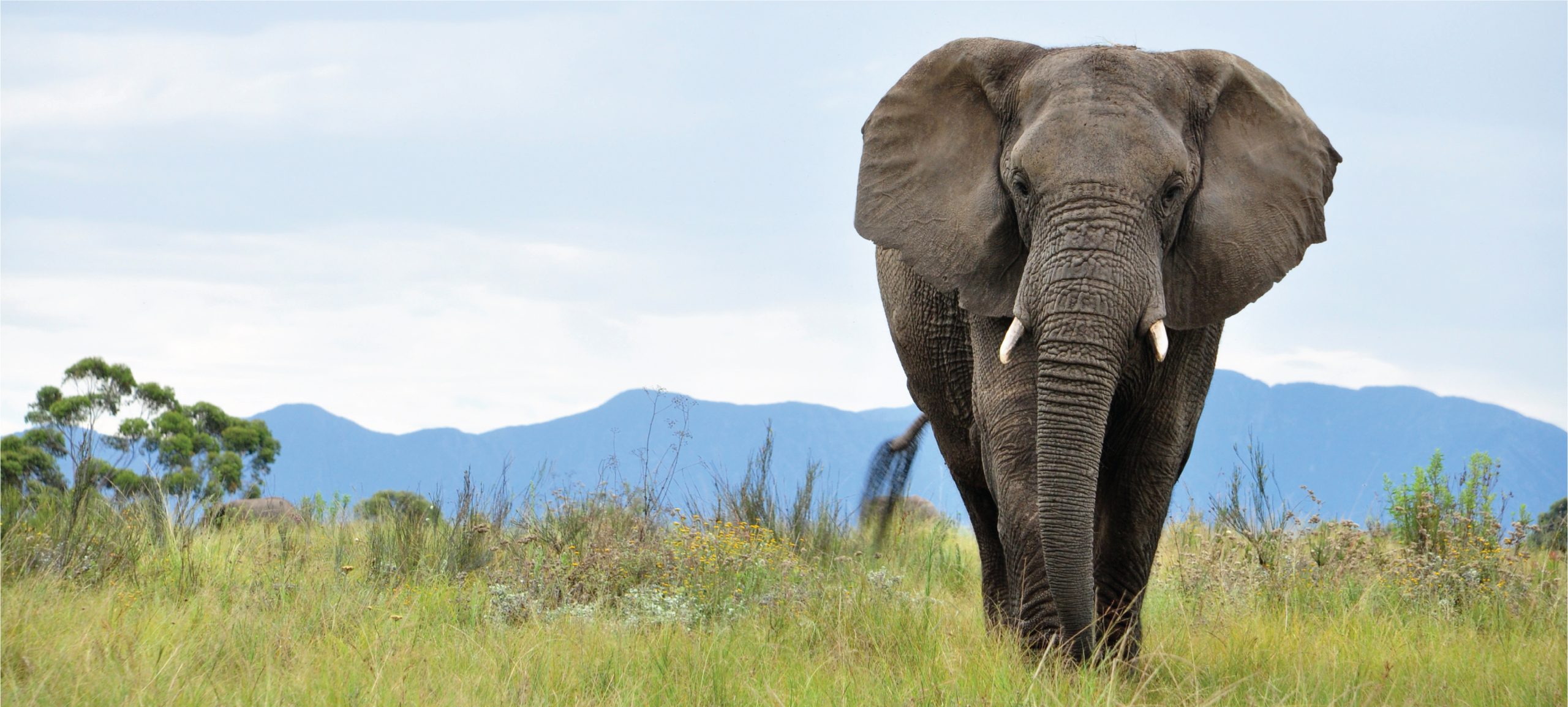-

Brown Forest Wallaby
Discover the intriguing world of the Brown Forest Wallaby (Dorcopsis muelleri), a small marsupial native to the lush forests of New Guinea. This comprehensive guide explores their distinct physical traits, vital ecological roles as seed dispersers, and the pressing conservation challenges they face. Learn how these shy yet curious creatures adapt to their environment and…
-

New Guinea Pademelon
Discover the fascinating New Guinea Pademelon (*Thylogale browni*), a small, nocturnal marsupial endemic to the rainforests of New Guinea. With its miniature kangaroo-like appearance, robust hind legs for powerful hopping, and crucial role as seed dispersers, this elusive creature captivates wildlife enthusiasts. Learn about its unique adaptations, solitary behavior, and conservation status, as we delve…
-

Dusky Pademelon
Discover the enchanting world of the Dusky Pademelon (Thylogale brunii), a small, elusive marsupial native to New Guinea. This nocturnal herbivore not only plays a vital role in its ecosystem but also captivates wildlife enthusiasts with its striking camouflage and unique social behaviors. Learn about its fascinating adaptations, conservation challenges, and the significance of protecting…
-

Calaby’s Pademelon
Discover the elusive Calaby’s Pademelon, a small, nocturnal marsupial native to the rainforests of northeastern Australia. Named after renowned zoologist Dr. John Calaby, these remarkable creatures play a vital role in their ecosystem through seed dispersal and serve as essential prey in the food web. Learn about their unique adaptations, solitary behaviors, and the conservation…
-

Red-legged Pademelon
Discover the intriguing world of the Red-legged Pademelon (Thylogale stigmatica), a small nocturnal marsupial with striking reddish fur on its legs and underbelly, native to the forests of northeastern Australia and New Guinea. This elusive creature plays a vital role in its ecosystem through seed dispersal and undergrowth maintenance, while its unique adaptations and behaviors…
-

Wilkins’s Rock Wallaby
Discover the Wilkins’s Rock Wallaby (Petrogale wilkinsi), a medium-sized marsupial native to Australia’s rugged landscapes. With their remarkable agility, striking camouflage, and vital ecological role as seed dispersers, these vulnerable wallabies face challenges from habitat loss and introduced predators. Explore their unique adaptations, feeding habits, and the conservation efforts aimed at preserving this fascinating species.
-

Yellow-footed Rock Wallaby
Discover the enchanting Yellow-footed Rock Wallaby (Petrogale xanthopus), a remarkable marsupial native to Australia’s rocky terrains. With its distinctive yellow, orange, and gray fur, impressive leaping abilities, and crucial ecological role, this near-threatened species captivates wildlife enthusiasts while facing significant conservation challenges. Learn about its unique adaptations, social behaviors, and the ongoing efforts to protect…
-

Rufous-bellied Pademelon
Explore the fascinating world of the Rufous-bellied Pademelon (Thylogale billiardierii), a nocturnal marsupial native to the lush rainforests of Tasmania and southeastern Australia. With its striking reddish belly, this shy creature plays a vital role in its ecosystem as a herbivore and seed disperser. Discover its unique physical characteristics, behaviors, and the conservation efforts needed…
-

Sharman’s Rock Wallaby
Explore the remarkable Sharman’s Rock Wallaby (Petrogale sharmani), a small marsupial endemic to northeastern Australia, known for its incredible agility and distinctive fur patterns. This Near Threatened species thrives in rocky terrains, playing a crucial role in its ecosystem while showcasing exceptional climbing abilities and social behaviors. Discover the adaptations and conservation efforts that protect…
-

Purple-necked Rock Wallaby
Discover the enchanting Purple-necked Rock Wallaby, a unique marsupial native to Australia’s rocky terrains, known for its striking purple neck and agile climbing abilities. This shy and solitary creature plays a vital ecological role while facing threats from habitat loss and invasive species. Learn more about its fascinating behaviors, adaptations, and conservation status in our…
Search
Popular Posts
-
Lampropeltis abnorma
Discover the striking Lampropeltis abnorma, or Central American Kingsnake, known for its vibrant coloration and smooth, glossy scales. Found in Central America’s tropical rainforests, this nocturnal predator plays a crucial role in its ecosystem by controlling pest populations and maintaining balance among small mammal and reptile communities.
-
Lamprolepis smaragdina
The Emerald Tree Skink (Lamprolepis smaragdina) is a vibrant, arboreal reptile native to tropical rainforests in the South Pacific, recognized for its striking green coloration, slender build, and prehensile tail. Primarily insectivorous, these skinks thrive in humid environments and play a vital role in maintaining ecological balance within their habitats.
-
Lamprolepis nieuwenhuisii
Discover the stunning Lamprolepis nieuwenhuisii, also known as the Nieuwenhuis’ Wrinkle-scaled Lizard, native to the rainforests of Southeast Asia. This fascinating species is characterized by its unique wrinkled scales, vibrant coloration, and agile movements, playing a vital role in its ecosystem as both a predator and prey.
Categories
Tags
animal adaptations (850) animal behavior (4898) animal reproduction (830) behavior (920) biodiversity (7464) conservation (1670) conservation efforts (1649) conservation status (5327) diet (2102) echolocation (822) ecological balance (1841) ecological role (1702) ecology (796) ecosystem (1469) ecosystem role (2797) endangered species (2472) environmental conservation (782) habitat (3269) habitat conservation (1030) Habitat Destruction (1243) habitat loss (3223) insectivorous reptiles (825) IUCN Red List (1720) lizard reproduction (801) nocturnal animals (2738) nocturnal behavior (2473) nocturnal reptiles (891) physical characteristics (2032) reproduction (2880) reptile behavior (805) reptile conservation (1148) reptile reproduction (842) rodent species (1325) seed dispersal (2115) Seed Disperser (971) small mammals (1166) snake behavior (766) snake diet (872) snake reproduction (939) South America (801) tropical forests (944) Vulnerable Species (4739) wildlife (2510) wildlife conservation (5021) wildlife protection (947)




